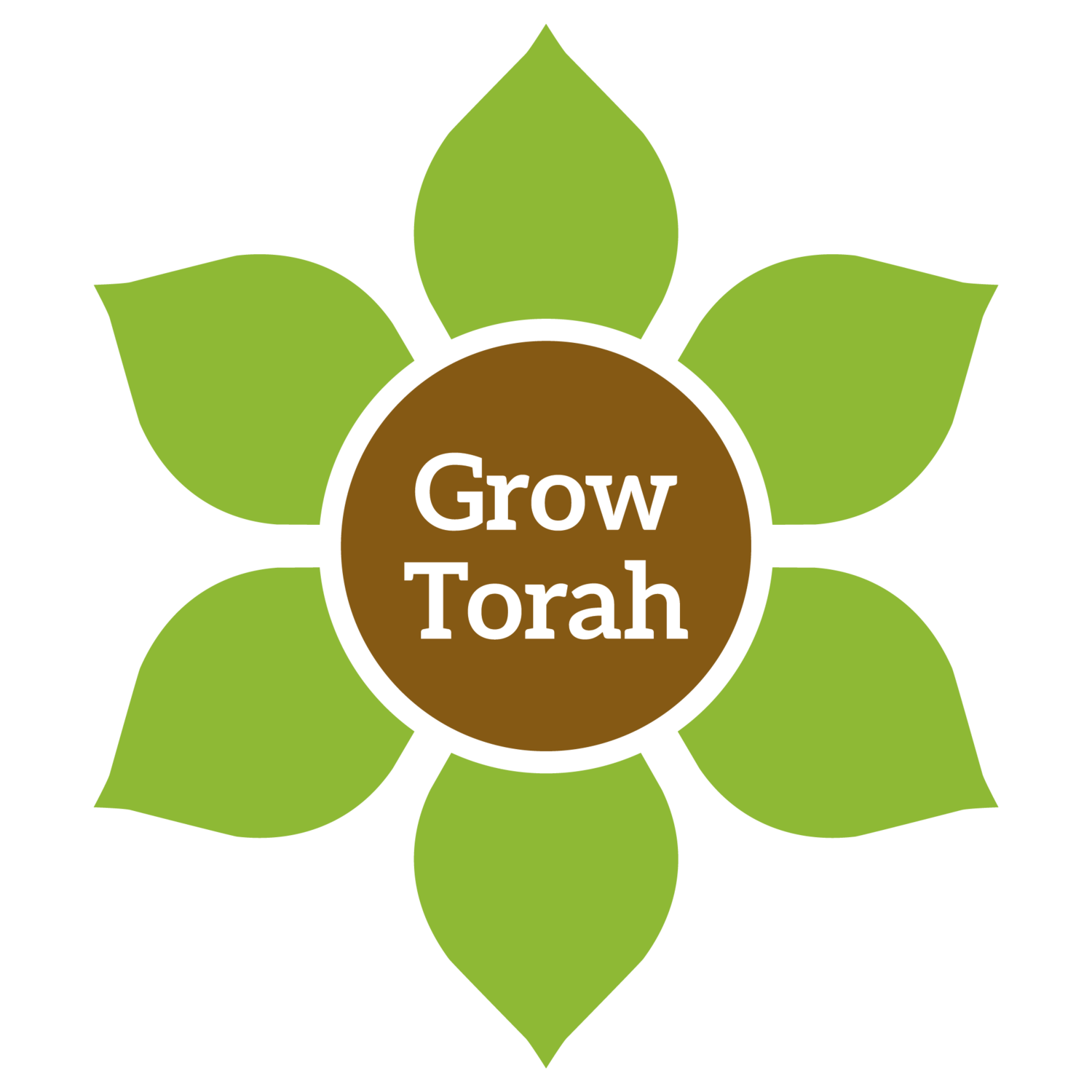Peas - אֲפוּנָה
Agricultural Information:
Family: Legumes (Fabaceae)
Scientific name: Pisum sativum
The pea is an edible legume native to the Middle East and has been one of the staple crops used by humans since the dawn of agriculture. Pea plants produce pods containing round, green seeds. These seeds are typically consumed cooked and are considered a healthy source of plant-based protein.
Historical Information:
Peas are mentioned by the Sages in discussions regarding pe’ah, kilayim, and shemitah. However, according to most opinions, the afunah referenced in the Mishnah is not the modern pea plant but rather chickpeas (Cicer arietinum).
Some commentators identify garden peas with the plant sapir, mentioned in the Mishnah in the context of kilei zera’im as a species that does not constitute a forbidden mixture when planted alongside fava beans (Vicia faba).
Halachic Information:
Kilei zera’im & kilei hakerem (interplanting – annuals & grapevines): Halachically, the required spacing between legume species differs from the spacing required for vegetables. If peas are cultivated for consumption along with their pods, they are classified as a vegetable. However, if grown solely for their seeds, they are classified as a legume (kitniyot).
Legumes on Passover: Pea seeds are prohibited as kitniyot, legumes, during Passover. There is debate among halachic authorities regarding whether this prohibition also applies to consuming the entire pod along with the seeds while still fresh.
Matanot Aniyim (gifts for the poor): The obligation to leave portions of a harvest for the poor applies to crops that ripen uniformly and can be stored for long periods. Since peas meet these criteria, farmers must leave behind lekket (fallen stalks), shichechah (forgotten sheaves), and pe’ah (the corners of the field) for the needy.
Information about plants as they relate to torah and mitzvot has been generously provided by Mercaz Torah VeHa’aretz Institute.


